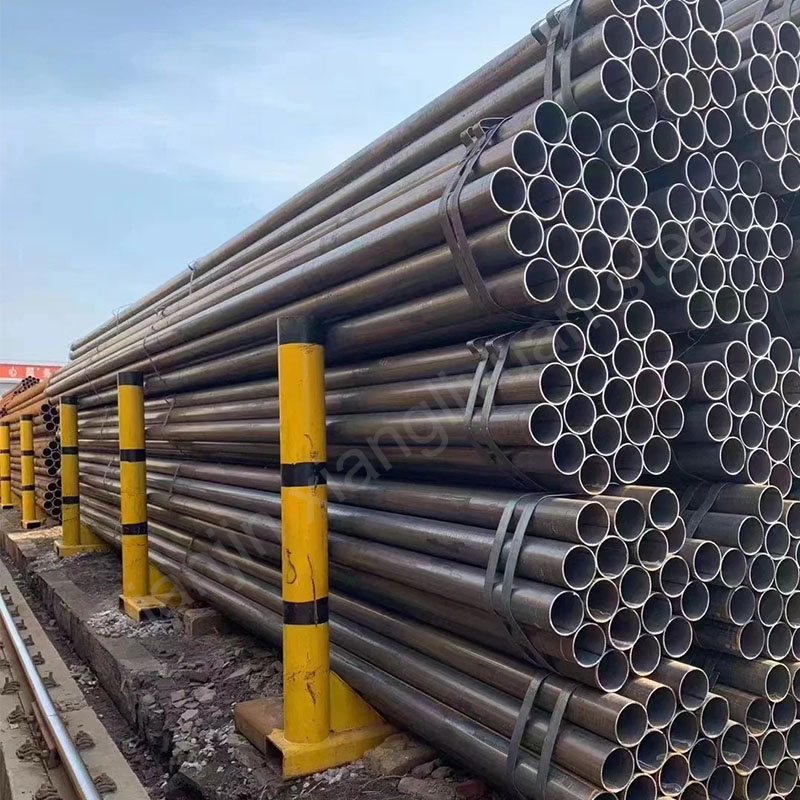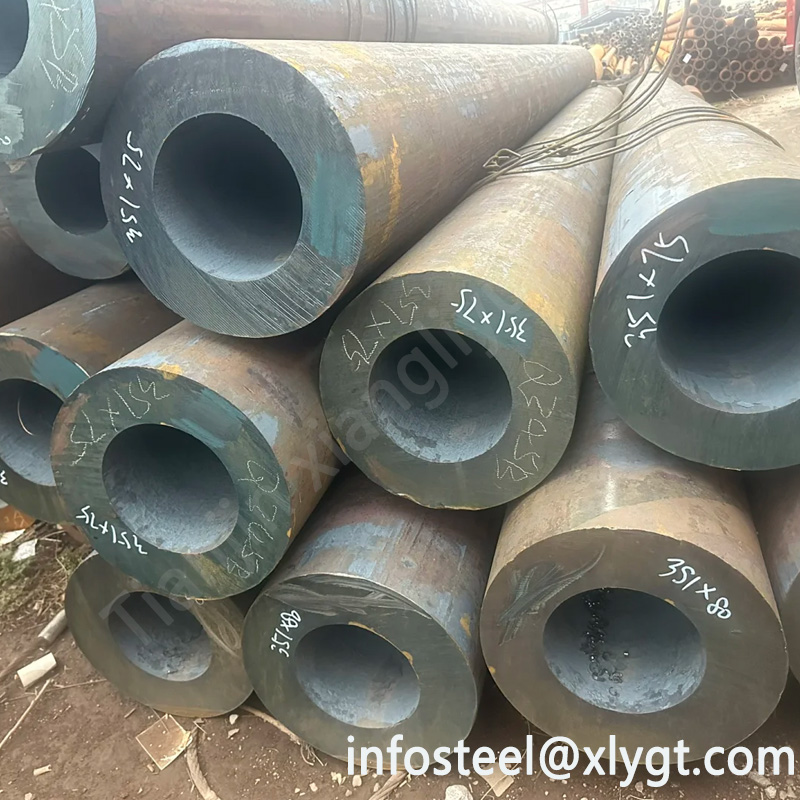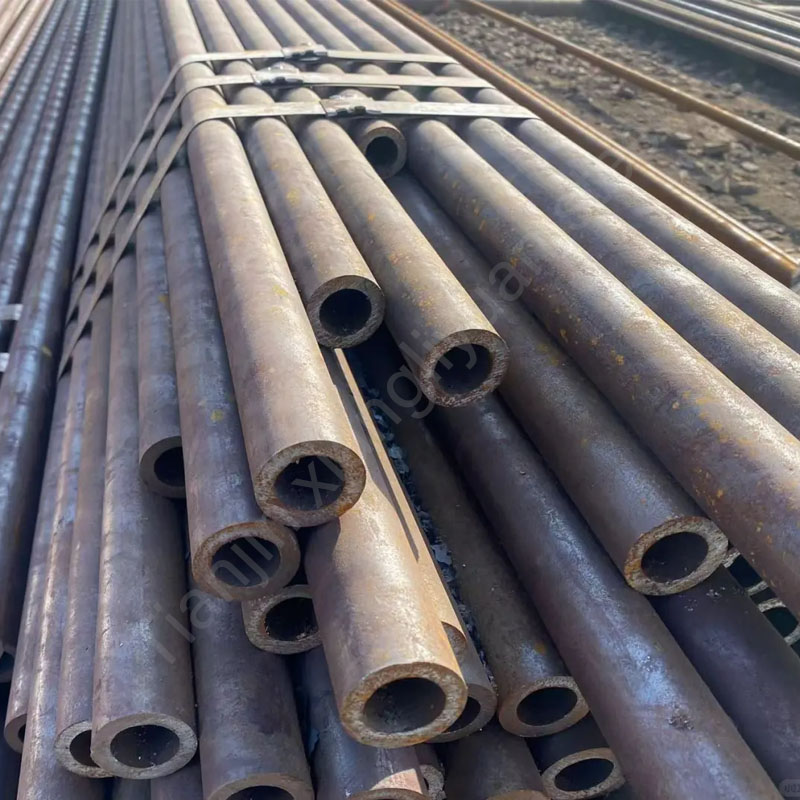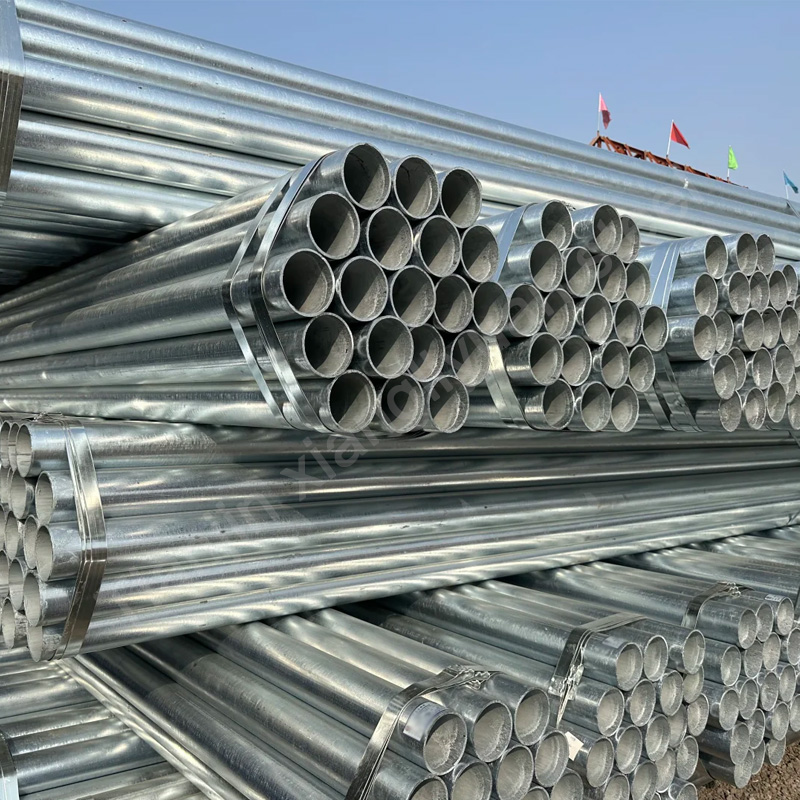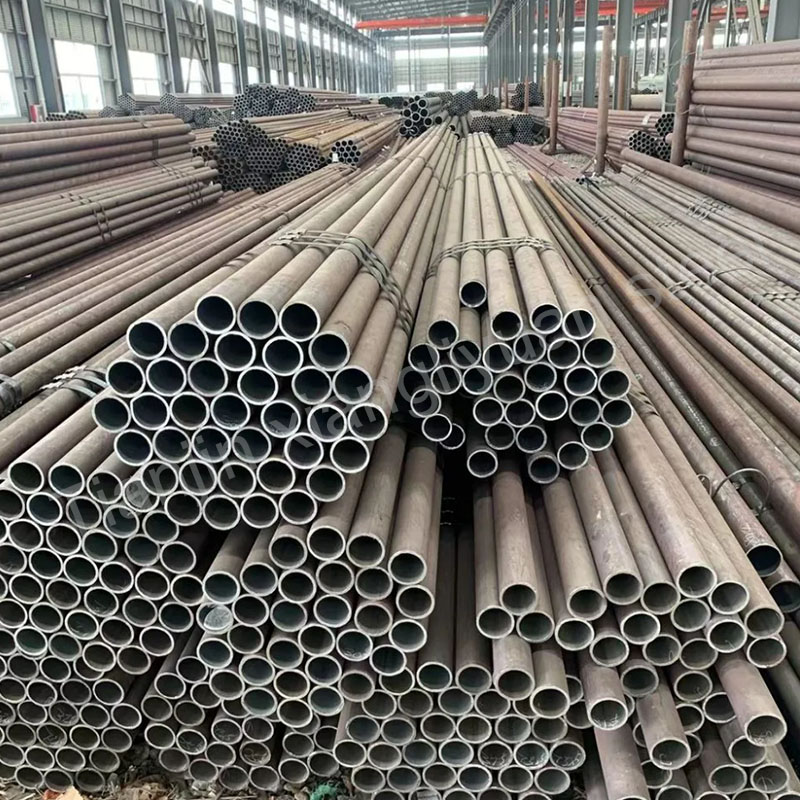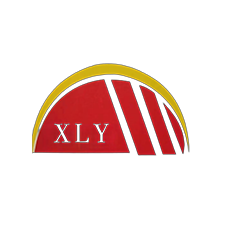Oil and gas line pipes are steel pipes specially used for transporting fluids such as oil and natural gas. As a key component for oil and gas transportation, it not only needs to withstand high pressure, corrosion, and low temperature, but also must meet the requirements of high strength and high toughness. The following is a detailed introduction to it from the aspects of material, grade, standard, size specifications and use.
1. Material and grade
The materials of oil and gas line pipes are mainly carbon steel, low alloy steel and alloy steel. The specific selection depends on the characteristics of the transportation medium, the pressure and temperature of the working environment. Common materials include:
– Carbon steel: suitable for general-purpose oil and gas pipelines, such as X42 grade and below in API 5L standard.
– Low alloy steel: commonly used in high-pressure or long-distance pipelines, such as X52 to X80 grades in API 5L.
– Alloy steel: used in extreme temperature or corrosive medium transportation scenarios, with higher strength and corrosion resistance.Common grades and their characteristics:
1. Grades in API 5L standard:
– GR.B: basic level, suitable for low-pressure scenarios.
– X42, X52: medium strength, widely used in medium pressure transportation.
– X65, X70, X80: high strength level, suitable for long-distance transportation and high pressure environment.
2. Brands in GB/T 9711 standard:
– L245, L290: equivalent to X42 and X52 in API 5L.
– L360, L415, L485: corresponding to X52 to X70 respectively.
2. Implementation standards
The manufacture and inspection of oil and gas pipelines must follow strict international or national standards to ensure the reliability of their quality and performance. The following are the main standards:
1. API 5L “Specification for Steel Pipes for Pipelines”:
– Formulated by the International Petroleum Association and widely used in the global market.
– Covering from ordinary grade (GR.B) to high strength grade (X80), and detailed provisions on chemical composition, mechanical properties, process requirements, etc.
2. GB/T 9711 “Steel Pipe for Oil and Gas Industry”:
– China national standard, including grades from L245 to L485, divided into two product specification grades PSL1 and PSL2.
– PSL2 has higher requirements than PSL1, especially in terms of toughness, welding performance and corrosion resistance.
3. ISO 3183 “Line Pipe Standard”:
– Published by the International Organization for Standardization, compatible with API 5L standard.
4. Other standards:
– ASTM A106, ASTM A53: Applicable to seamless steel pipes and welded steel pipes, commonly used in scenarios of transporting oil and gas.
3. Size specifications
The size of oil and gas line pipes is usually designed according to specific engineering requirements, covering different outer diameters, wall thicknesses and lengths. The following is a common specification range:
1. Outer diameter:
– Seamless pipe: generally 21.3mm~660mm.
– Welded pipe: up to 1420mm or larger.
2. Wall thickness:
– Depending on the pressure level, the wall thickness ranges from 2mm to 50mm.
– Common wall thickness designs are classified according to SCH (pipe wall thickness grade), such as SCH40, SCH80, etc.
3. Length:
– Fixed length: 6 meters, 12 meters.
– Random length: generally 5 meters to 12 meters.
4. Processing technology:
– Seamless pipe: manufactured by hot rolling or cold drawing process, suitable for high pressure and high temperature environment.
– Welded pipe: including straight seam submerged arc welding (LSAW) and spiral submerged arc welding (SSAW), suitable for low pressure and large diameter transportation.
4. Uses
The use of oil and gas pipeline pipes is mainly concentrated in the field of oil and gas transportation, and is also widely used in other industrial fields.
1. Long-distance oil and gas pipelines:
– Used for cross-regional oil and gas transportation, usually requires high-strength and high-toughness materials to meet the needs of long distances and high pressures.
– For example: crude oil transportation pipelines from oil fields to refineries.
2. Urban gas pipeline network:
– Used for natural gas distribution systems in cities and towns, usually with small diameter pipelines.
3. Submarine pipelines:
– Offshore pipelines for oil and natural gas transportation must have corrosion resistance and pressure resistance.
4. Other applications:
– Transporting corrosive media in the chemical industry.
– Used as water pipelines in water conservancy projects.
As the lifeline of the oil and gas industry, oil and gas pipelines play an indispensable role in ensuring energy security and promoting economic development.

